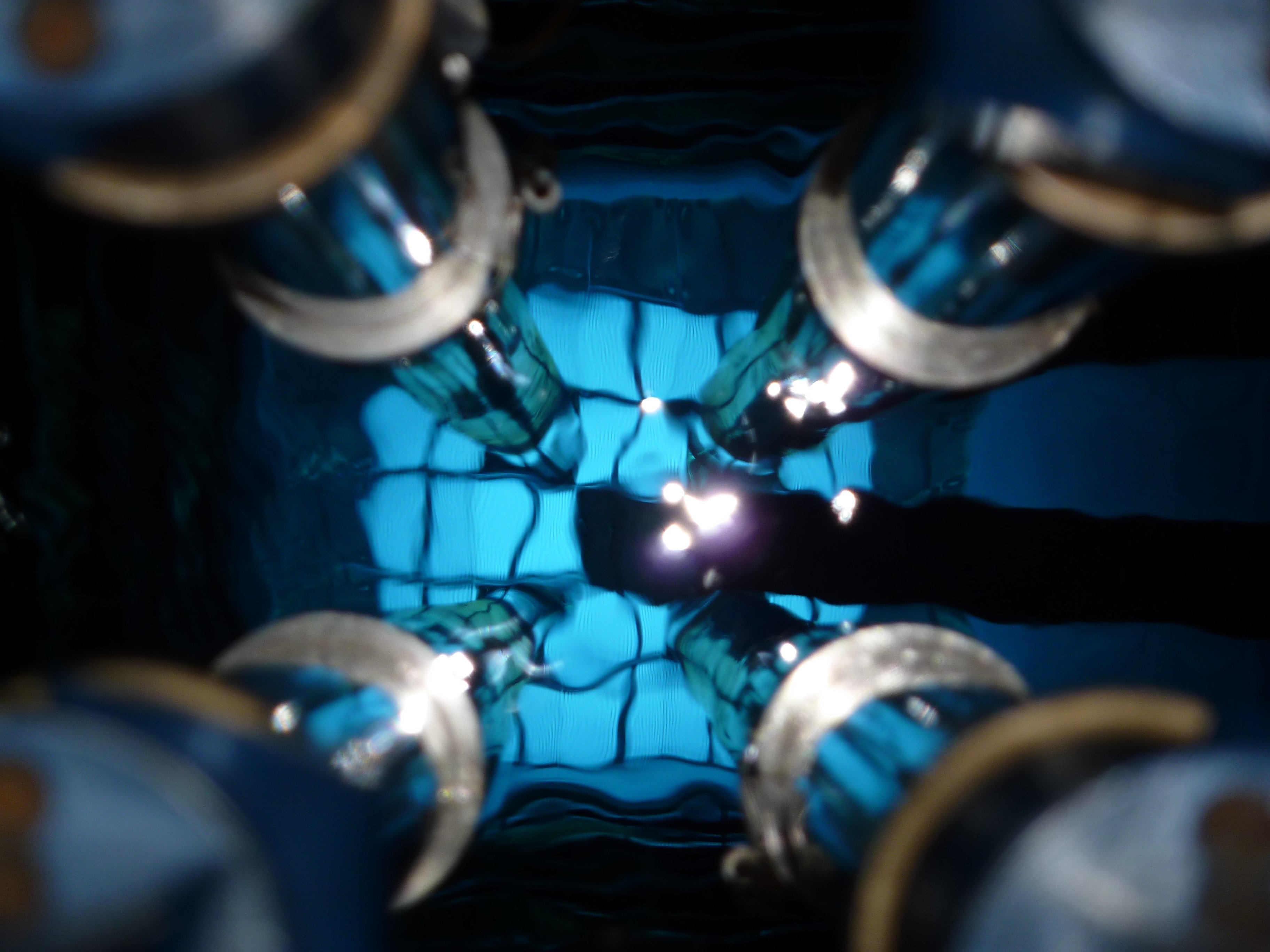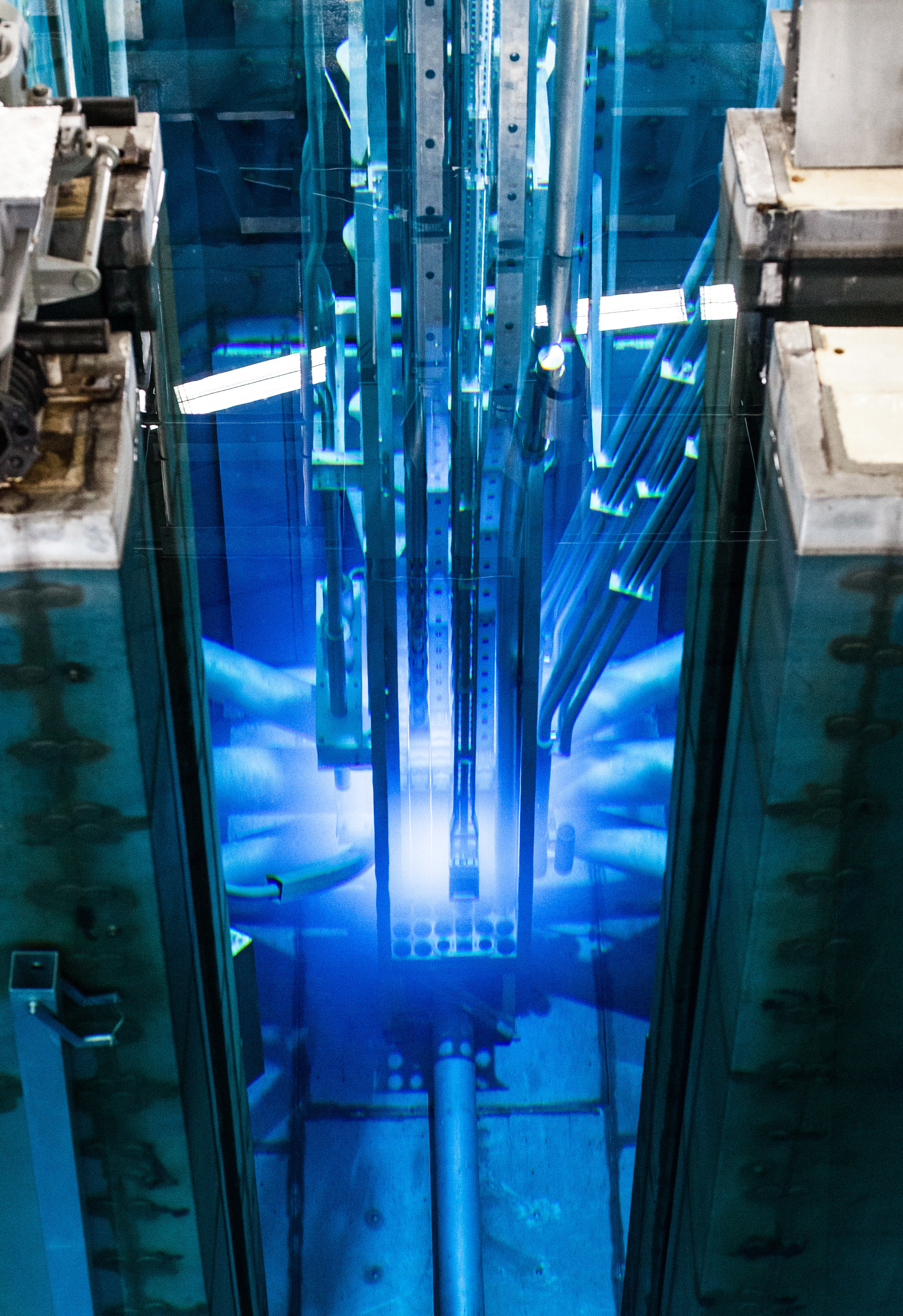Reactor shutdown May 2019 to early 2020
The research reactor at the Reactor Institute will be switched off for about one year from 6 May 2019. The reactor is normally turned off once a week on Friday evening and turned on again on Monday morning. It is now going to be switched off for a long period till the beginning of 2020. This has to be done so that a ‘cold neutron source’ can be installed in the heart of the reactor as part of the OYSTER programme (Optimized Yield - for Science, Technology & Education - of Radiation).
Cold neutrons
Neutrons allow you to look inside materials on an extremely small, atomic scale without damaging the material in question. Why do we want ‘cold’ neutrons at Delft now? The neutrons from the reactor will be cooled in the cold source with liquid hydrogen to an extremely low temperature of minus 253 degrees Celsius. This slows the neutrons down. The ‘cold’ neutrons are easier to control than the ones at room temperature that the researchers have to use at present. The cold source will mean that the RID's instruments will provide results up to a hundred times better than now.
This will give the research in the fields of health, sustainable energy and materials a huge boost. The area of application for the research is very wide indeed. It includes not only a new generation of medical isotopes for the diagnosis and treatment of cancer and promising materials for batteries and solar cells but also, for example, self-repairing steel.

